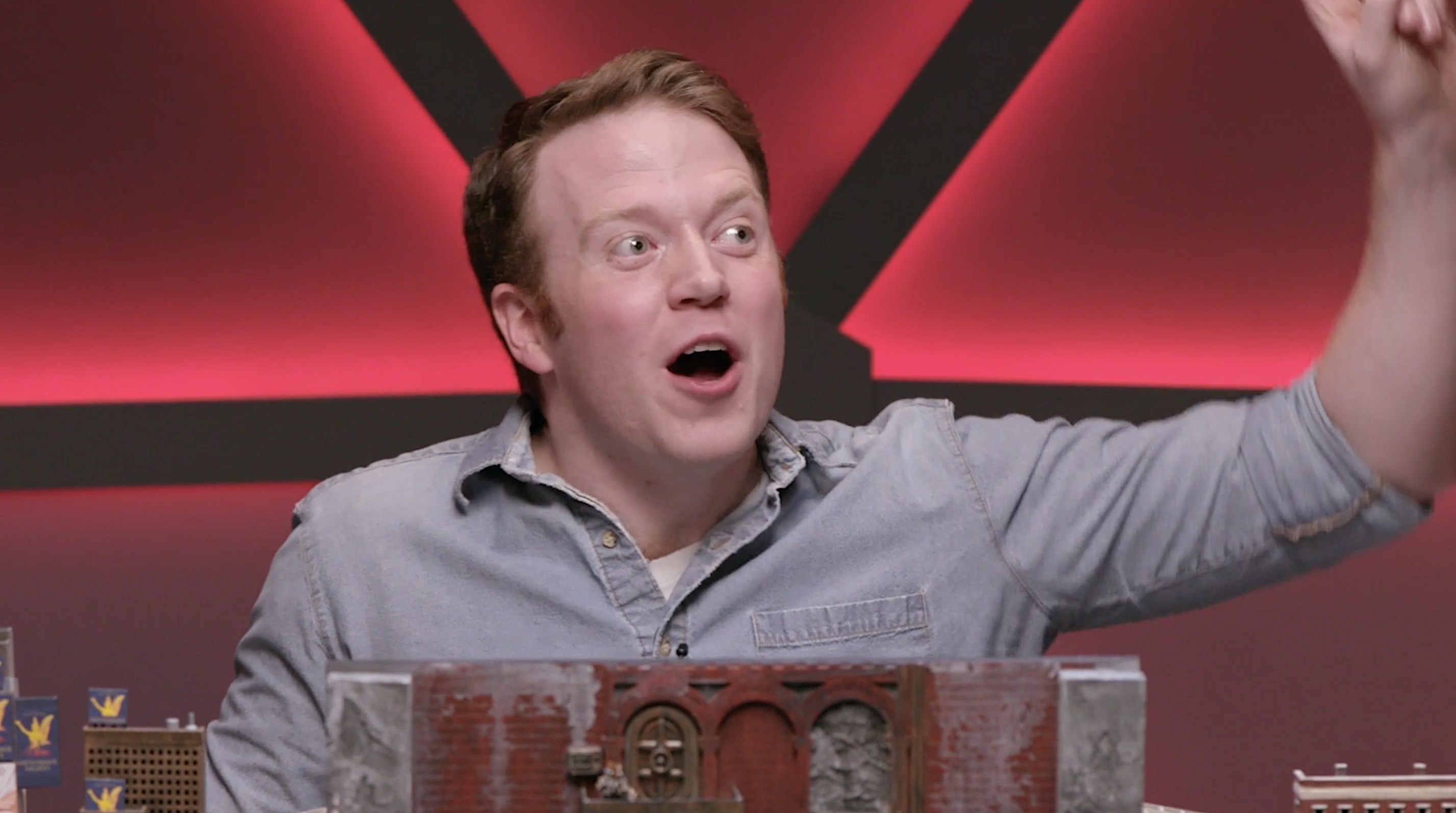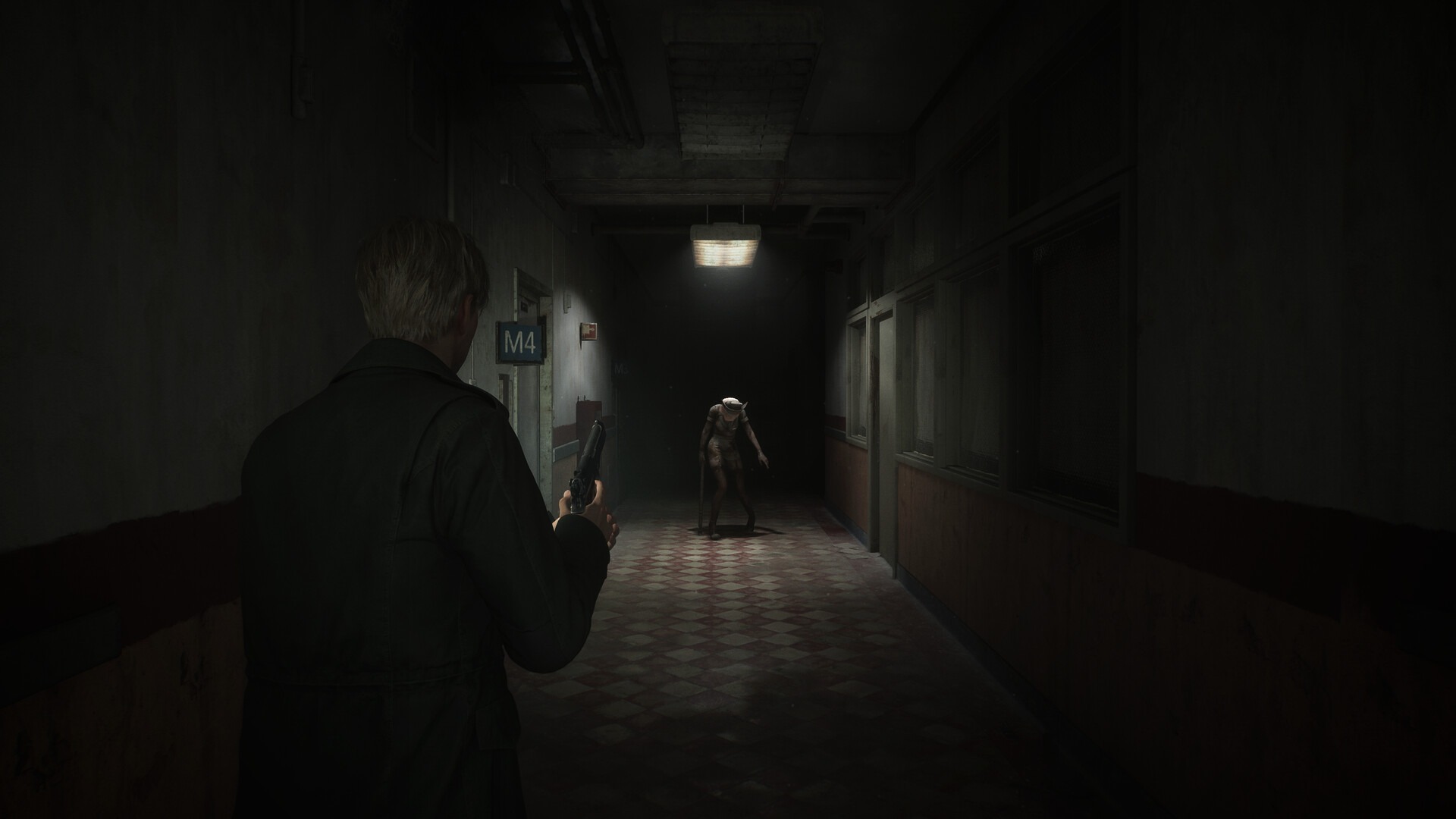A set photographer’s job can be daunting.
On a movie shoot, there are hundreds of people trying to make a film, and just one tasked with capturing images from how it actually gets made. That difficulty is compounded by the fact that the photographer is usually pretty low on the director and crew’s priority list during production.
But on the set of his sci-fi epic Dune, director Denis Villeneuve treated set photographer Chiabella James like she was as much a part of the creative process as anyone else, which James told Polygon is a huge part of why the photos from the shoot turned out so stunning and captured the tone of the movie so well. Hundreds of those photos are visible in the gorgeous book Dune Part One: The Photography, recently published by James.
For James, the entire process started with one outstanding meeting with Villeneuve, which she said was “awe-inspiring.”
“I felt like we closed the door to the office, and he opened the door to his world for me,” James told Polygon in an interview over Google Meet. “And listening to Denis talk about what was so important to him, I came away from that meeting really understanding the importance of the landscape.”
:no_upscale()/cdn.vox-cdn.com/uploads/chorus_asset/file/24882192/NEW___Spread_8.jpg)
But actually capturing those incredible landscapes, like the Wadi Rum desert in Jordan, wasn’t easy. In this case, it meant battling the elements to really capture each and every one of the movie’s elaborate sets and locations.
“You’re hiking up the rock and you think, Yeah, OK, all right, this is gonna be A Day,” James says, mimicking her on-set exhaustion in her voice. “Then you see that the next set is all the way up there. And the only way out there is a climbing rope. And you’re thinking, I don’t know how I’m gonna do that. I’m already melting, and my cameras are melting and my lens is crunching from the grit and the sand. And I don’t know how to do this. And yet you do it because you want to see, you want to get there, you want to be part of that.”
:no_upscale()/cdn.vox-cdn.com/uploads/chorus_asset/file/24882224/Spread_2.jpg)
:no_upscale()/cdn.vox-cdn.com/uploads/chorus_asset/file/24882233/NEW___Spread_7.jpg)
:no_upscale()/cdn.vox-cdn.com/uploads/chorus_asset/file/24882241/Spread_4.jpg)
Of course, the desert offered plenty of grueling conditions even when James wasn’t climbing up cliffs. The heat wreaked havoc on the photographer’s cameras, causing them to power down and overheat, sometimes after just one photo. To save her equipment, James often had to find shade wherever she could, including simply ducking behind other people on set to get her cameras out of the sun for a moment or two.
But all of that seems to have been well worth it. The book is full of gorgeous shots of the sets, locations, and actors, bringing the world of Dune even more to life. It manages to capture exactly the same spirit and mood as the movie, a difficult goal that James says she aims for on every movie she works on. Once again, James credits this to the planning time she got with Villeneuve and his approach to the movie.
She says his willingness to involve her in the process and vision of Dune early on distinguished it from other shoots she’s worked on. She describes Villeneuve showing her concept art from the film that included tiny figures set against the massive desert, which she says gave her room to do things very differently.
:no_upscale()/cdn.vox-cdn.com/uploads/chorus_asset/file/24882203/Dune_Photography_Cover.jpg)
“It gave me the freedom to not worry about an actor’s face,” James says. “Normally for me on most movies, [if you] shoot this big landscape with a teeny-tiny actor that you can’t see their face, [it] doesn’t get used. It makes a pretty picture but nobody uses it. Whereas this time around, that was important. And that gave me the freedom to shoot with that vision, which for me was great because I love that kind of photography.”
It all shows in the gorgeous end products — both the book and the movie — and James says it all traces back to that first meeting.
“That original meeting with Denis was probably one of the most awe-inspiring director meetings I’ve ever had before a job,” she says. “[It] felt like I was preparing for an entire film made up of stills and photographs.”






